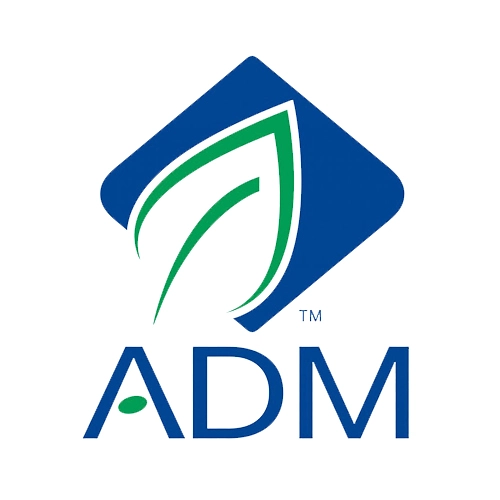
UNVEILING THE POWER OF VARIABLE MESSAGE SIGN
Variable Message Sign (VMS) has revolutionized the way information is communicated to motorists on the road. These electronic display boards play a crucial role in traffic management, providing real-time updates, and enhancing road safety. This article explores the concept and significance of Variable Message Signs, their working mechanism, and the benefits they offer to drivers and transportation authorities.
Understanding Variable Message Sign:
Variable Message Signs are large electronic display boards strategically placed along roadways, highways, and in various transportation settings. These signs utilize a matrix of light-emitting diodes (LEDs) to display dynamic messages, symbols, and graphics to convey vital information to motorists. With their ability to adapt and change messages swiftly, VMS provides timely updates that contribute to better traffic flow, incident management, and overall driver awareness.
Working Mechanism of Variable Message Sign
VMS is integrated with a control system that receives data from various sources, including traffic sensors, cameras, and communication networks. The control system processes this information and generates appropriate messages based on the current road conditions. These messages can include traffic congestion alerts, roadwork notifications, weather advisories, safety instructions, and emergency notifications. The messages are displayed on the VMS using the LED matrix, ensuring visibility and readability for drivers.
Benefits and Applications of Variable Message Sign
1. Traffic Management: VMS assists in managing traffic congestion by providing real-time information about road conditions, accidents, and diversions. By guiding drivers to alternate routes, VMS helps optimize traffic flow and reduce congestion, resulting in smoother and safer journeys.
2. Incident Management: In the event of accidents, road closures, or hazardous conditions, VMS plays a crucial role in notifying drivers and suggesting appropriate detours. These signs help to minimize delays, prevent secondary accidents, and enable emergency responders to reach the scene more efficiently.
3. Safety Enhancements: VMS contributes to road safety by displaying speed limit information, lane closure alerts, and other safety-related messages. By keeping drivers informed and aware of potential hazards, VMS encourages responsible driving behavior and reduces the likelihood of accidents.
4. Construction Zones: VMS are frequently used in construction zones to provide advance notice of upcoming work, lane closures, and alternative routes. These signs improve driver awareness, promote work zone safety, and minimize traffic disruptions.
Conclusion
Variable Message Signs have revolutionized the way transportation authorities communicate with drivers on the roads. By providing real-time updates and important information, VMS contributes to improved traffic management, incident response, and road safety. With their ability to adapt to changing road conditions, these signs play a vital role in enhancing driver awareness and promoting responsible driving behavior. As technology continues to evolve, Variable Message Signs are poised to become even more integral to the efficient and safe operation of our roadways.
FAQ’s
Q1. Where are Variable Message Signs commonly used?
Ans: Variable Message Signs can be found along roadways, highways, tunnels, and in various transportation settings where effective communication with drivers is essential. They are often deployed in areas prone to congestion, construction zones, and locations requiring incident management.
Q2. Are Variable Message Signs Customizable?
Ans: Yes, Variable Message Signs can be customized to display specific messages based on road conditions, traffic situations, or events. The control system allows transportation authorities to update and change the displayed messages as needed.
Q3. What advancements can we expect in Variable Message Signs?
Ans: Advancements in Variable Message Signs include seamless integration with other traffic management tools, such as traffic lights and sensors, allowing for a coordinated response. LED technology advancements have also led to brighter and more energy-efficient displays, improving visibility and readability.
Q4. Who manufactures Variable Message Signs?
Ans: Several reputable manufacturers are specializing in Variable Message Signs, including [Manufacturer A], [Manufacturer B], and [Manufacturer C]. These manufacturers offer a range of VMS solutions tailored to the specific requirements of transportation authorities.
Q5. Can Variable Message Signs be Portable?
Ans: Yes, portable Variable Message Signs are available. They are commonly used in temporary or dynamic situations such as construction zones or special events where immediate communication with drivers is necessary. Portable VMS offers flexibility and ease of deployment.
Q6. How do Variable Message Signs contribute to road safety?
Ans: Variable Message Signs enhance road safety by providing drivers with real-time information about speed limits, lane closures, and potential hazards. By keeping drivers informed and aware, VMS encourages responsible driving behavior and reduces the likelihood of accidents.





















